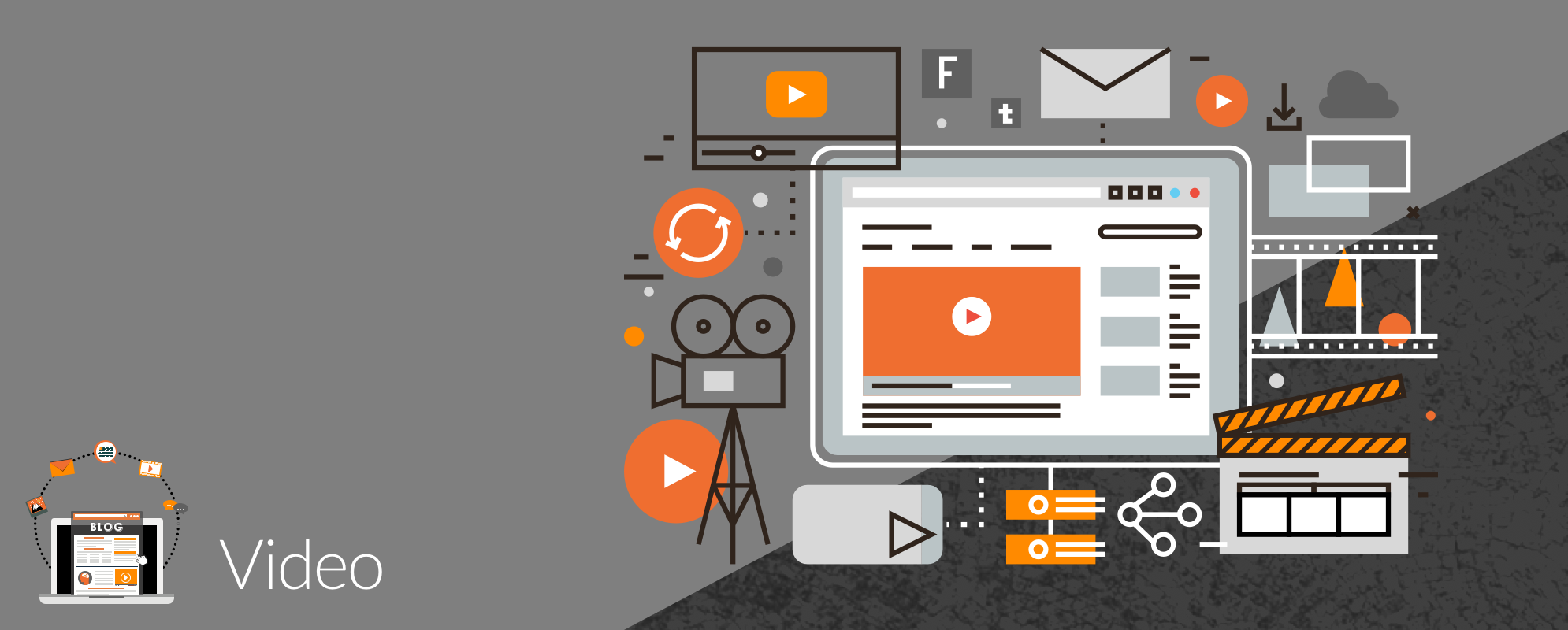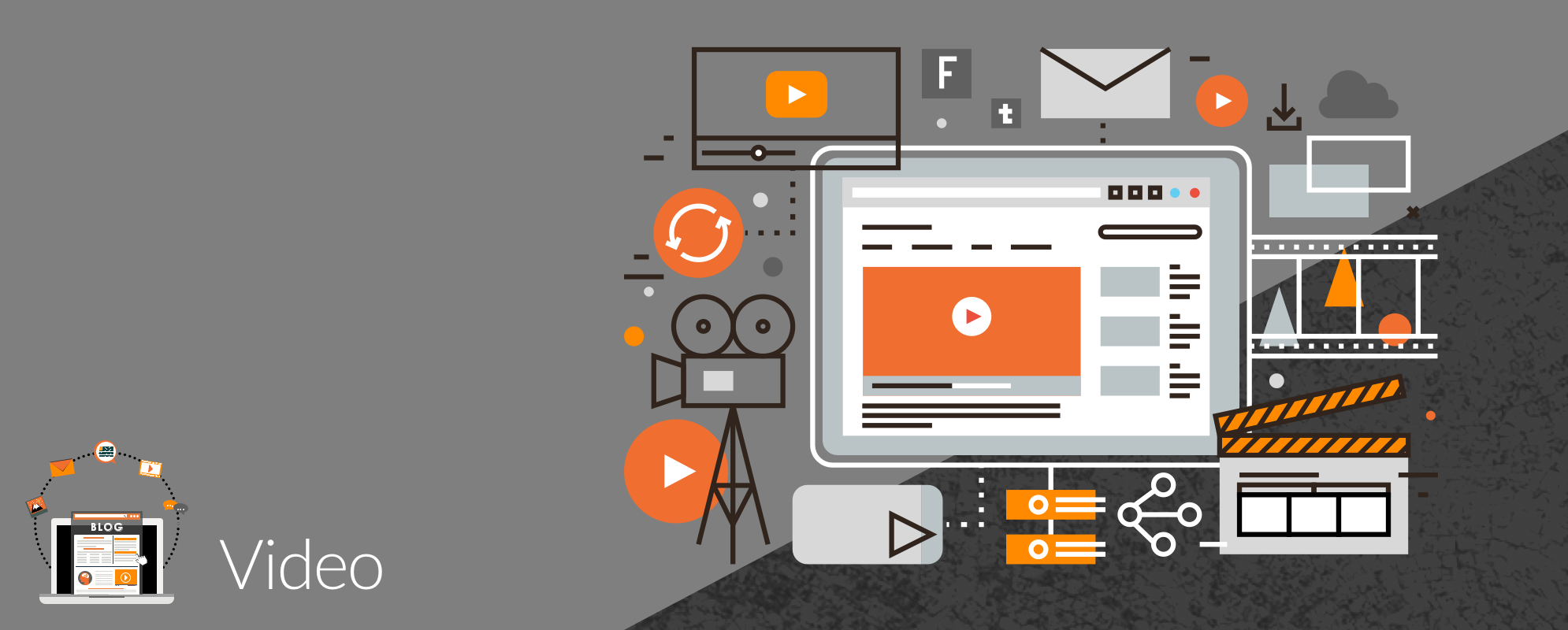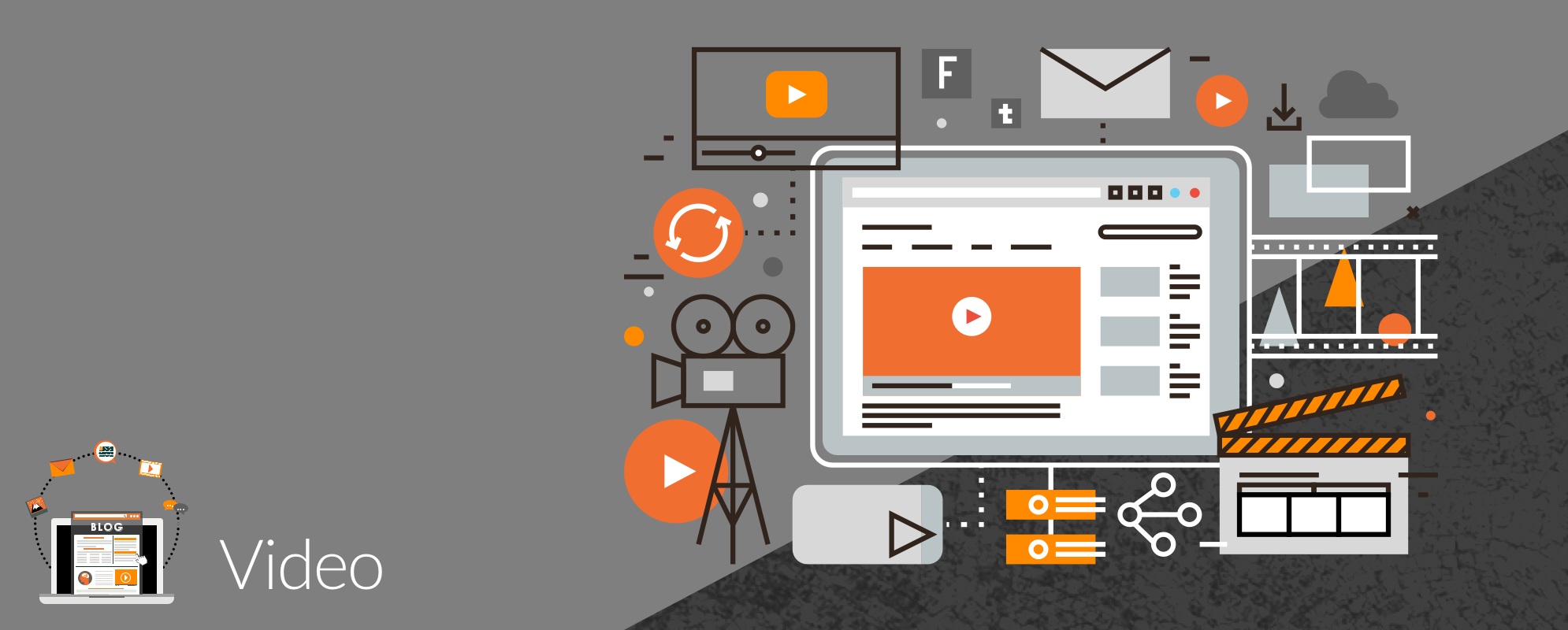
Get weekly
HubSpot updates
So you want to jump on the video bandwagon? Good for you, because video is so much more than just a fad, it’s the way that people want, no, expect, to consume information in 2019.
For SaaS businesses, video is an extremely effective tool for generating engagement and interest in your offering. When selling an intangible product, you need to communicate, educate and inform prospects on how you can solve their problem. Video does this while simultaneously helping to strengthen your brand.
In this blog, we’re going to cover the basics, the key considerations that you need to make before you start any video marketing work and then how to implement that as part of your marketing strategy.
Before you start any sort of marketing effort, there are a few things that you need to clarify:
- What are your goals?
- Who are you targeting and where are you sharing this content?
You need to have these points clearly defined before you even start to consider making any videos.
So, let’s dive in and find out about why these three factors are so pivotal in determining what your video marketing strategy is going to look like.
What are your video marketing goals?
What is it that you’re setting out to achieve? Do you see video marketing as a way to create awareness for the software solution you sell? Do you see it as a way to help humanise your company? Perhaps you’re hoping to use it to better communicate with potential clients, or to help close sales. Whatever your goals are, the videos you produce are going to differ dramatically in order to fulfil them, so it’s crucial to have them outlined before you start.
Who are your videos targeting?
The demographic specifications for the type of client you are aiming to reach with your videos will affect the content that you create, the language that you use, and where you choose to share them. If you don’t already have an idea of the buyer personas that your company is targeting, now is the time to do that. Develop a clear profile of who you’re selling to, what sort of content they like and what they’re likely to respond to, then use this information to tailor-make your videos. The more in-depth you go with this, the better!
Where are you sharing this content?
It’s tempting to just post all of your videos on every social media site you have a presence on, as well as your website. However, different videos will be better suited to different platforms. Not only from a technical standpoint (although videos should be formatted for each platform) but even down to how people like to consume content on that platform. Your website visitors, for example, might be more willing to watch a longer, more in-depth video than people on social media looking for entertainment. Think long and hard about where your content is going to live and how you can optimise it for different platforms. This will closely correlate with the nature of your SaaS product and where buyers are most likely to search for information regarding software.
How to customise videos for your buyer’s journey
Now that you have a clearer understanding of why you’re making your videos and who you’re targeting, it’s time to consider the actual content. Below is a list of potential videos that you could be making and the stages of the buyer's journey that they fit into.
For awareness
Awareness videos usually do best on social media. They should be quick, engaging and informative; they should be heavily branded and interesting enough to capture the attention of someone scrolling past them in the first two seconds, or else the viewer will have already moved on to the next post.
Product videos: Videos that show off your software’s features – focus on the problems that your product solves.
Quick how-to videos: Give potential clients really quick, useful tips that they’ll remember.
Explainer videos: Quickly explain an idea or product in an easy to digest way.
Gifs/Animations: Animated content that grabs attention and strengthens brand awareness.
For consideration
Consideration stage videos usually sit best on your website as they help potential clients to make the decision to purchase your particular software solution. Once people have gotten to this stage of the buyer's journey, they want to know a little more about the ins and outs of the service they’re buying and will be open to consuming more content in longer videos. This won’t restrict you from repurposing these videos for social media to bolster your feeds, just bear in mind that this isn’t their primary purpose. Some examples of consideration videos include:
In-depth tutorials: Give potential clients a little more insight into how you can help to solve the problems they face and offer some real assistance.
Webinars/Presentations: Host a live webinar or presentation, let people see that you’re a real company, with real employees who really know what they’re talking about.
For decision
Once potential customers are ready to purchase a product, you can use video to ensure that you are the company that they want to buy from. Prove to them that your organisation is the best, not only in terms of the services you sell but also in customer service, the way that you operate, and how far you’ll go to keep customers happy. This means that creating videos like those listed below:
Testimonial videos: Videos that show existing, happy clients talking about how great their experience has been with your product and company.
Company story videos: Videos that explain the background of your company, show some behind the scenes and show off how great your staff are.
These aren’t the only types of videos you can make, of course. By its very nature, video is a creative medium – so be creative. Think about how it can fit into every step, not just of your marketing process but of your sales process too. How can it help you when recruiting or training? When you’re creating any piece of content, think about how you could make a video to say the same thing more engagingly. Use video anywhere and everywhere that you can.
Video is no longer the future of marketing, it is very much the here and now, so it is vital that you take advantage of all of its capabilities to keep yourself ahead of the competition.

